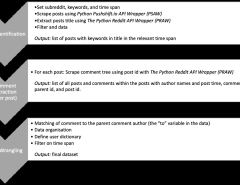Authors: Gaurav Parmar, Taesung Park, Srinivasa Narasimhan, Jun-Yan Zhu
Published on: March 18, 2024
Impact Score: 7.0
Arxiv code: Arxiv:2403.12036
Summary
- What is new: Introducing a single-step diffusion model that improves inference speed and operates efficiently in unpaired settings using adversarial learning.
- Why this is important: Existing conditional diffusion models are slow and require paired data for fine-tuning.
- What the research proposes: A new method, using a consolidated end-to-end generator network with small trainable weights, for rapid and efficient domain adaptation in both paired and unpaired settings.
- Results: CycleGAN-Turbo outperforms existing methods in unpaired settings for scene translation tasks. Pix2pix-Turbo matches the performance of recent works in paired settings with faster single-step inference.
Technical Details
Technological frameworks used: Adversarial learning objectives with a consolidated end-to-end generator network.
Models used: CycleGAN-Turbo, pix2pix-Turbo.
Data used: Unpaired and paired data for scene translation tasks.
Potential Impact
Companies in digital media, entertainment, automotive, and surveillance could benefit or be disrupted by these findings, especially those involved in image processing and scene simulation.
Want to implement this idea in a business?
We have generated a startup concept here: SceneShift AI.



Leave a Reply